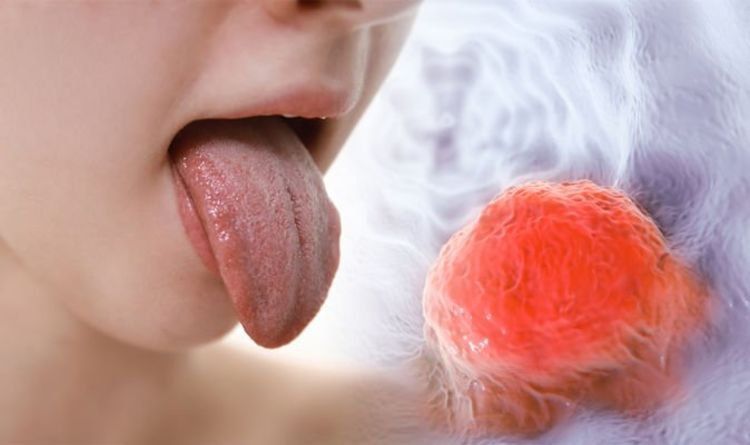When it comes to health diagnostics, we often turn to high-tech tests, wearables, and blood panels. But sometimes, the human body offers subtle, visual clues in the most overlooked of places—like the tongue.
Medical professionals and traditional healers alike have long regarded the tongue as a barometer of internal well-being. From its color to its texture, the tongue can be a silent communicator of deeper health concerns. Here’s what recent expert insights reveal about five key signs your tongue might be showing—and what they could mean.
1. A Change in Color May Signal More Than Just Diet
A vibrant pink tongue is generally considered a sign of good health. But when that hue changes, it might be time to pay attention.
A bright red tongue could point to vitamin B deficiencies, scarlet fever, or autoimmune conditions. Meanwhile, a pale tongue may be an early indicator of anemia, suggesting a drop in red blood cell count. More concerning are hues like blue or purple, which could indicate poor circulation, lung issues, or even cardiovascular complications.
Doctors caution that while discoloration can be harmless and temporary—such as after consuming colored foods—it’s persistent changes that warrant scrutiny.
2. Coated Tongue? It Could Be a Sign of Infection or Dehydration
A thin white coating on the tongue is relatively normal. But a thick white layer might hint at oral thrush, a fungal infection common in those with weakened immunity. A yellow coating, meanwhile, often points to digestive problems or liver distress.
In rare cases, a black and hairy-looking tongue can emerge due to poor oral hygiene, smoking, or prolonged antibiotic use, caused by an overgrowth of papillae on the surface.
“People usually notice these changes while brushing their teeth,” says Dr. Meera Arora, a general physician. “It’s a good habit to take a few seconds each morning to examine the tongue.”
3. Swelling or Scalloped Edges Could Be Tied to Hormones or Stress
A swollen tongue—medically known as macroglossia—can arise from allergic reactions, thyroid disorders, or fluid retention. In milder cases, scalloping or impressions of teeth on the tongue’s sides may indicate chronic stress, anxiety, or clenching during sleep.
These indentations are often dismissed as cosmetic, but may hint at underlying systemic issues, including hypothyroidism or vitamin deficiencies.
4. Lingering Sores or Red Patches Deserve Attention
While occasional cuts or ulcers from spicy food or accidental biting are common, persistent red spots, non-healing ulcers, or irregular textures should not be ignored.
Doctors recommend a two-week rule: if a sore doesn’t heal in 14 days, consult a healthcare provider. These symptoms could indicate nutritional deficiencies, oral infections, or even early signs of oral cancer—particularly among smokers or tobacco users.
5. Your Mouth Can Reflect Your Overall Wellness
Dentists and general practitioners agree: the tongue serves as a mirror to your internal health. While it cannot replace lab tests or clinical diagnoses, it can act as an early warning system.
Regular self-checks, good oral hygiene (including brushing the tongue), staying hydrated, and getting routine dental exams can prevent many tongue-related conditions from escalating.
“Your mouth speaks long before you do—listen to it,” says Dr. Arora.
When to See a Doctor
Seek medical attention if you notice:
- Discoloration that persists beyond 10–14 days
- Tongue swelling that causes discomfort or breathing issues
- Thick, foul-smelling coatings
- Painful ulcers or patches that don’t heal
- Numbness or changes in texture without clear cause


